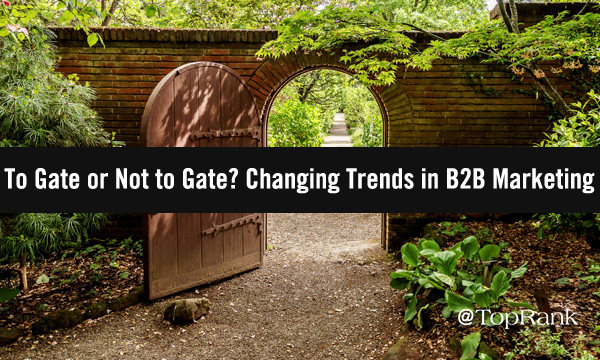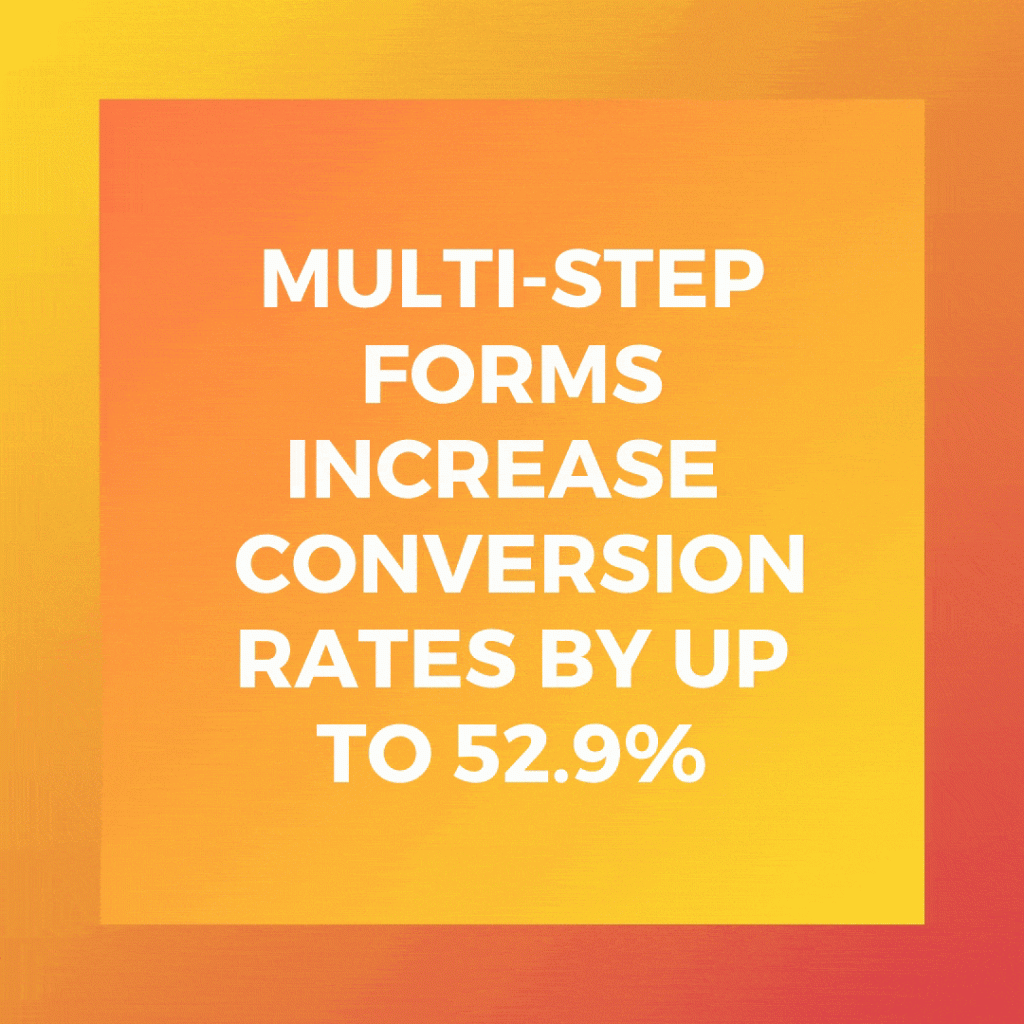To Gate or Not to Gate? Changing Trends in B2B Marketing

By Joshua Nite

Q: How many lead gen marketers does it take to change a lightbulb?
A: Please fill out the form below and we will email you the punchline.
The great gate debate continues to rage throughout the B2B marketing world. What once was a landscape full of sparse landing pages with lead gen forms has become an ocean of content. But still, there’s little consensus about how to get the most value out of what we marketers create.
Does ungating content devalue it? Does gating content make it inaccessible to the audience you’re most trying to reach? We all agree that getting people’s contact information is a value exchange. The debate is whether we offer the value first, or we demand that the reader do so.
Of course, there is no one answer to these questions. No two B2B audiences are the same, so a one-size-fits-all approach won’t work. But it’s true that audience expectations as a whole are changing, and we need to change with them.
Here are some of our gating best practices.
1 — Match Your Tactics to Your Goals
The biggest question about gating is the simplest one: Is this content intended to raise awareness, boost thought leadership, or grow your audience? Then gating is a bad choice. Top-of-funnel content should, generally speaking, be as widely accessible as possible.
However, if your goals are mid-to-bottom funnel, then gating might make sense (more on that later). This means content for folks who are actively seeking a solution or evaluating vendors. These folks are in the market for useful content that helps make that purchase decision, and gating that content makes sense.
When you dig a little deeper, though, it’s not just about gated vs. ungated. It’s about how much content you gate, which content in the campaign should go behind that lead gen form, and how you bring the right audience to the content. With that in mind…
[bctt tweet=”“It’s not just about gated vs. ungated. It’s about how much content you gate, which content in the campaign should go behind that lead gen form, and how you bring the right audience to the content.” — Joshua Nite @NiteWrites” username=”toprank”]
2 — Think Bigger Appetizers and Smaller Entrees
Let’s say your organization just sponsored some hefty original research. You know there’s a ton of intrinsic value in that research for your audience. The old-school practice would be to put all of it behind a gate, with just a few stats to whet people’s appetites.
There’s so much free content available now, though, that you have to offer more value before you ask for that contact information. For example, our client Prophix made a long-scroll, content-heavy power page to support their original research: The 2020 CFO Benchmark Report. With influencer content, plenty of stats and some truly gorgeous …read more
Source:: Top Rank Blog









